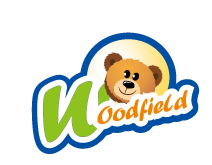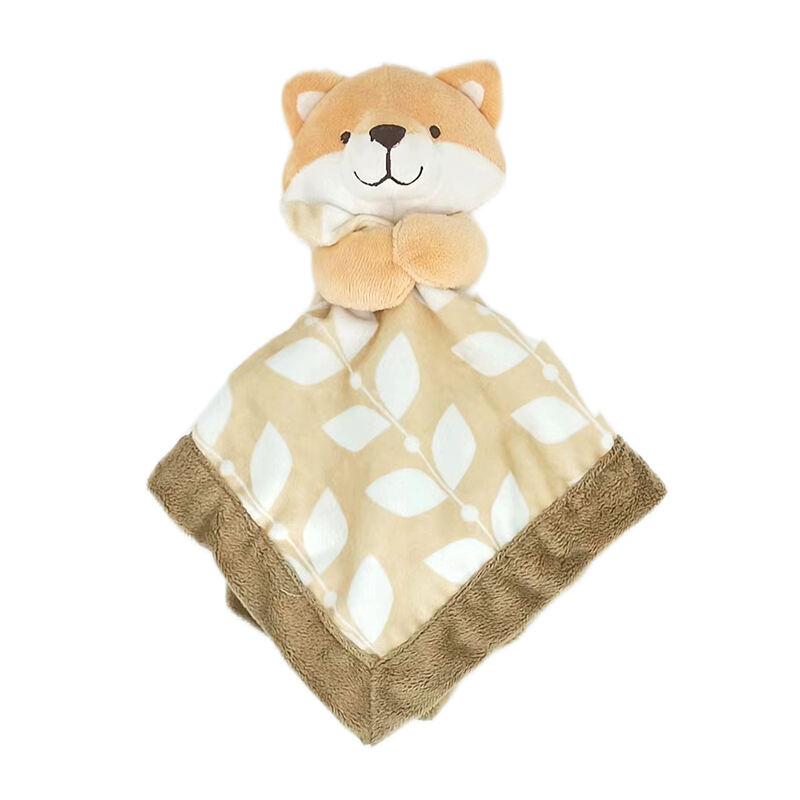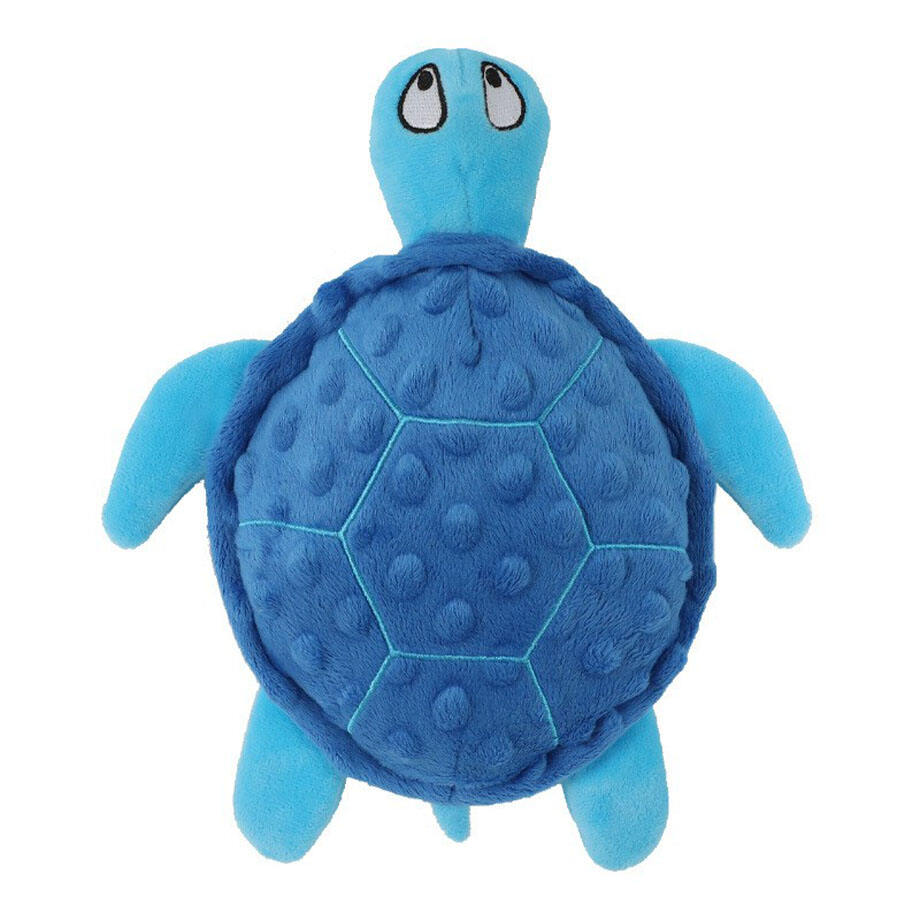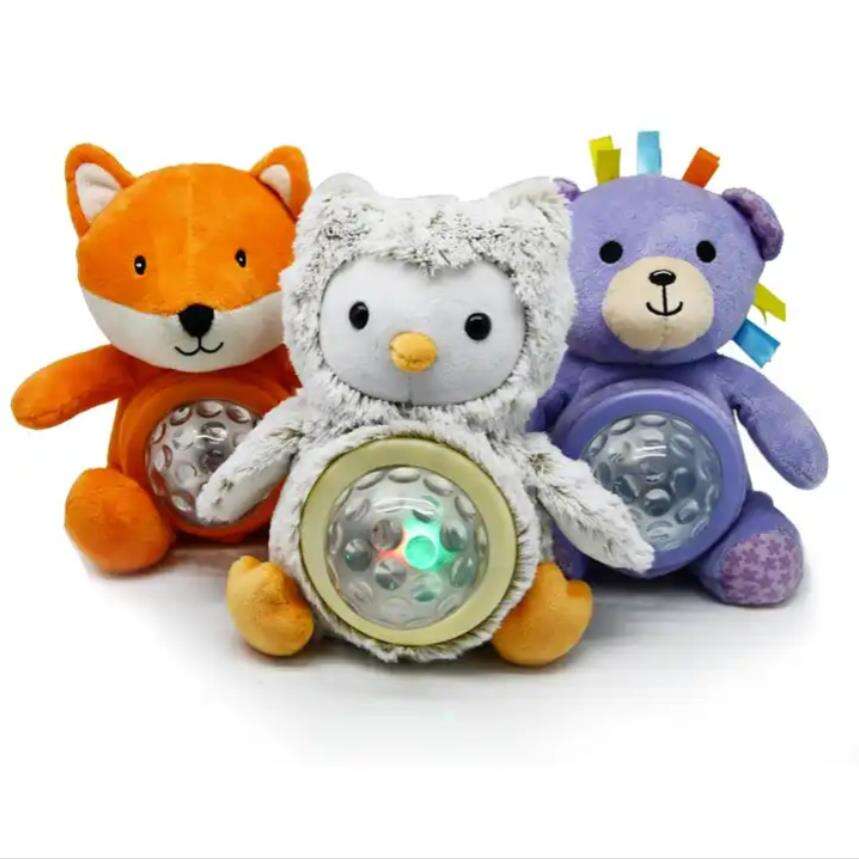Safety Guidelines for Selecting Baby Soft Toys
Using non-toxic materials in plush toy production is vital for the safety of infants and toddlers. These young children often explore their environment by mouthing toys, making it crucial to select fabrics that are free from toxic chemicals. Organic cotton and recycled polyester are popular choices because they meet stringent safety standards. Moreover, these materials are backed by certifications like the Oeko-Tex Standard 100 and the Consumer Product Safety Improvement Act (CPSIA), which assure that the fabrics used are free from harmful substances. These certifications serve as a seal of approval, ensuring the plush toys you choose are safe for little ones to cuddle and play with.
--- ### Hypoallergenic Fillings and StitchingHypoallergenic fillings are essential in preventing allergic reactions in sensitive children. Many children have sensitivities or allergies, and plush toys stuffed with materials like polyester fiberfill or natural latex can significantly reduce these reactions. These alternatives are less likely to provoke allergies compared to synthetic materials. Pediatric experts highlight that allergies related to synthetic plush toy fillings are increasingly common, making hypoallergenic options a priority for manufacturers striving for children's safety. By using fillings that are designed to be gentle on sensitive skin and respiratory systems, plush toys can be enjoyed without worry.
--- ### Avoiding Loose Parts and Choking HazardsChoking hazards are a significant risk in plush toys, often stemming from loose parts such as buttons or small accessories. It's crucial to be aware of industry standards that dictate secure stitching and the attachment of all toy components. These standards ensure that plush toys don't break easily, posing risks to young children. Statistics from consumer safety reports highlight the alarming frequency of choking incidents related to children's toys. By adhering to rigorous toy safety standards, manufacturers can create products that are not only fun but safe, allowing parents to feel confident in their purchase decisions.
## Age-Appropriate Features in Soft Toys ### Developmental Stages and Toy SelectionSelecting toys based on developmental milestones is crucial for fostering cognitive growth in infants and toddlers. At different stages, children require specific toys that support their development, such as plush toys for sensory engagement and eye-hand coordination. For babies, sensory toys like rattles and soft, mirror-containing toys are ideal. For toddlers, interactive toys, including hand puppets and block sets, encourage imaginative play and motor skills development. Research by child development experts has demonstrated that age-appropriate toys significantly aid in cognitive and physical development. Utilizing such toys enhances problem-solving skills and creativity among young children, promoting balanced growth.
### Safe Sizes for Infants vs. ToddlersToy size plays a pivotal role in safety, especially for infants who might put smaller toys in their mouths, posing choking risks. For infants, larger toys that lack intricate parts are recommended as they mitigate swallowing hazards. Toddlers, on the other hand, can safely engage with more complex shapes and larger items that encourage robust play. The American Academy of Pediatrics suggests toys should be at least 1.25 inches wide and 2.25 inches long to avoid choking incidents. Parents should vigilantly assess toy sizes according to pediatric guidelines to ensure a safe and enriching play environment for their children.
### Interactive Elements Like Finger PuppetsInteractive features in soft toys provide numerous benefits, from enhancing engagement to facilitating learning. Finger puppets, for instance, play a pivotal role in stimulating imaginative play, encouraging storytelling, and promoting social skills development. Such elements allow children to explore role-play scenarios, enhancing their ability to communicate and understand social dynamics. Studies highlight that interactive play significantly supports social skills acquisition, as it offers children a platform to practice cooperation and empathy. By incorporating tools like finger puppets into playtime, caregivers can nurture creativity and social adaptability in young minds, promoting wholesome development.
## Top Safety-Certified Baby Soft Toys ### Cozy Fox Plush Snuggle Buddy Security BlanketThe Cozy Fox Plush Snuggle Buddy Security Blanket is a versatile product that combines the functions of a plush toy and a security blanket. It is crafted from child-friendly materials and boasts safety certifications that reassure parents of its reliability. This blanket is highly recommended by experts for its comforting design, which aids in soothing infants. User reviews often highlight its effectiveness in helping children feel secure, particularly during bedtime, thereby promoting better sleep. According to research, utilizing security blankets like the Cozy Fox can significantly enhance sleep patterns in infants, fostering a sense of safety and attachment.
### Baby Deer Cotton Pillow for Gentle SupportThe Baby Deer Cotton Pillow is designed ergonomically to provide gentle neck support for babies, ensuring their comfort and safety. Made from hypoallergenic cotton, this pillow addresses the needs of sensitive skin and offers peace of mind to parents concerned about allergies. Parents have praised the pillow for its quality craftsmanship and its role in supporting the natural curvature of a baby's neck. Testimonials frequently mention its effectiveness in helping their children maintain a comfortable sleeping posture, which is crucial during their early developmental stages.
### Durable Mop Velvet Animal Plush ToysAnimal plush toys made from Mop Velvet are known for their exceptional durability, making them suitable for the playful nature of young children. These toys undergo rigorous safety testing to ensure they withstand rough handling without compromising safety. The Mop Velvet material is specifically selected for its ability to endure wear while maintaining a soft texture. Safety certifications underline their robustness, assuring parents of their suitability for active play. These plush toys provide a resilient companion for children, encouraging imaginative play while being a safe and lasting investment.
### Sensory-Friendly Sea Turtle Stuffed AnimalsThe Sea Turtle stuffed animals are designed with sensory-friendly features to support children with sensory processing issues. These plush toys integrate diverse textures into their design, creating a tactile experience that encourages sensory exploration. Experts endorse these sensory toys for their capability to aid in sensory development, particularly for children who benefit from varied stimulation. Personalized with sensory processing considerations, these sea turtles become valuable tools for fostering both comfort and developmental growth in young children, offering them a safe and engaging play experience.
## Maintenance and Hazard Prevention Tips ### Proper Cleaning Methods for Stuffed AnimalsCleaning plush toys like stuffed animals is essential for maintaining their longevity and safety. Begin by checking the care label on the toy to determine if it is machine washable or requires hand washing. Use non-toxic, gentle cleaning agents to avoid leaving harmful chemical residues. For machine-washable plush toys, place them in a pillowcase or mesh laundry bag to protect them during the wash cycle. While hand washing, gently scrub with a soft brush or cloth and rinse thoroughly. Research indicates that regular maintenance not only extends the life of plush toys but also ensures they remain safe for children (Harvard Health Publishing).
### Regular Inspection of Seams and AttachmentsRoutine inspection of seams and attachments on plush toys is crucial for preventing accidents. Regularly check for any loose threads, holes, or detached parts that could pose choking hazards. To conduct a thorough inspection, gently pull on the seams and attachments to ensure they are secure. If any issues are detected, repair them immediately or dispose of the toy if it cannot be safely repaired. Following product safety guidelines for frequent inspections mitigates risks associated with wear and tear and ensures the toys remain safe for play.
### Safe Storage to Reduce Wear and TearEffective storage practices for plush toys can significantly reduce wear and tear, prolonging their usefulness. Store stuffed animals in clean, dry areas away from direct sunlight, which can fade colors and weaken fabric. Use breathable storage solutions like cotton bags or bins to prevent moisture buildup, which may lead to mold. Proper storage not only safeguards toys from damage but also minimizes the risk of contamination, thus enhancing their safety. Data from toy safety studies reflect that maintaining optimal storage conditions enhances the longevity and safety of plush toys, making them safer for child interaction.
Recommended Products
Hot News
-
Selecting the Right Educational Toys for Different Age Groups
2024-11-08
-
Materials Used in the Production of Stuffed Animals
2024-11-04
-
Chinese Plush Toy Factories Lead the Global Market with Innovation and Quality
2024-01-23
-
How Plush Toys Can Boost Your Mental Health and Well-Being
2024-01-23
-
Plush Toys Factory Industry Trends: A Growing Market with Challenges and Opportunities
2024-01-23
-
Plush Toys Market Demand on the Rise
2024-01-23
-
Woodfield Website Online
2024-01-22

 EN
EN
 AR
AR
 BG
BG
 HR
HR
 DA
DA
 NL
NL
 FI
FI
 FR
FR
 DE
DE
 EL
EL
 IT
IT
 JA
JA
 KO
KO
 NO
NO
 PT
PT
 RO
RO
 RU
RU
 ES
ES
 SV
SV
 TL
TL
 IW
IW
 ID
ID
 SR
SR
 UK
UK
 HU
HU
 MT
MT
 TH
TH
 TR
TR
 FA
FA
 MS
MS
 GA
GA
 IS
IS
 EU
EU
 BN
BN
 LO
LO
 LA
LA
 SO
SO
 KK
KK


.png)
.jpg)

